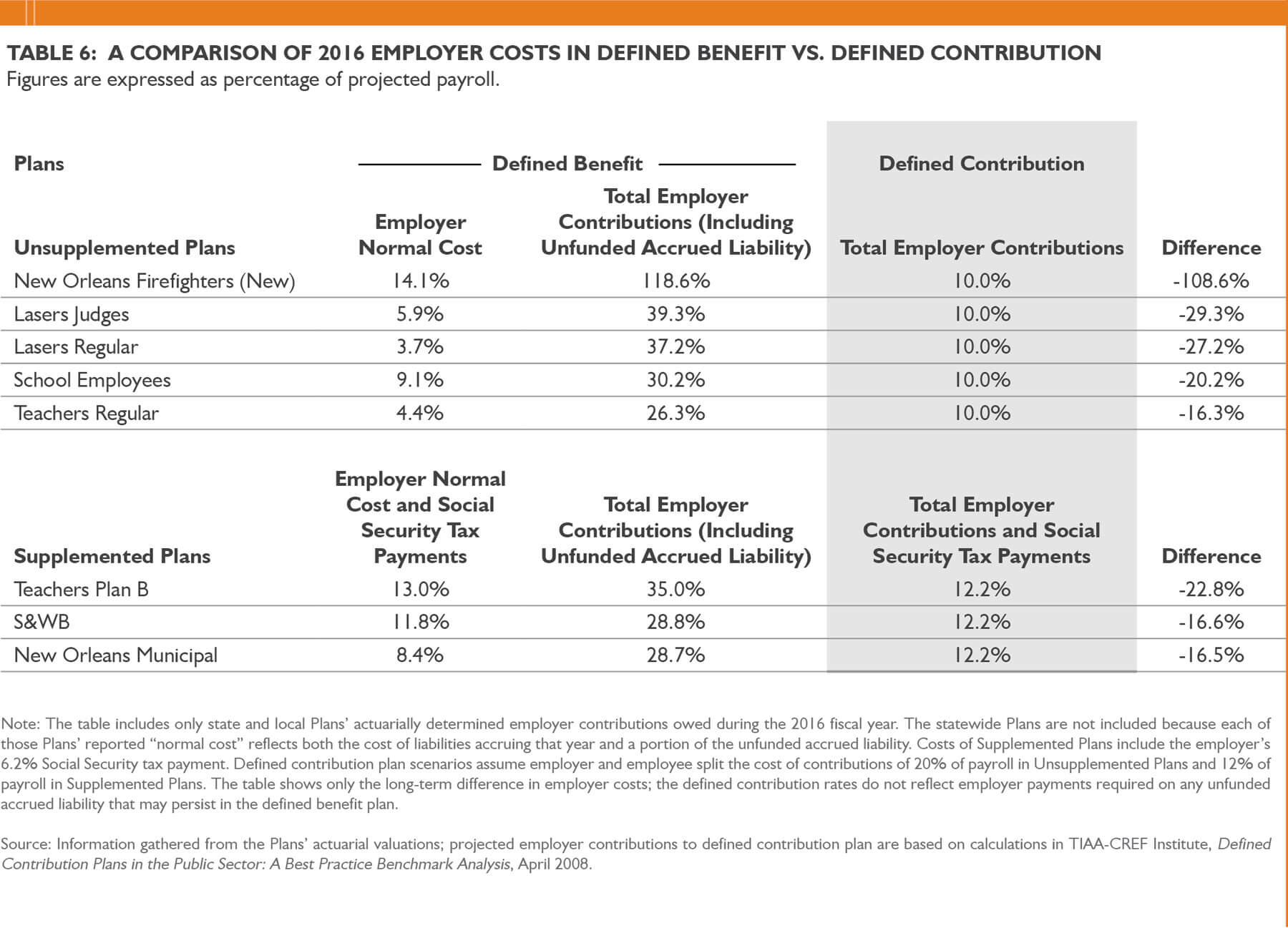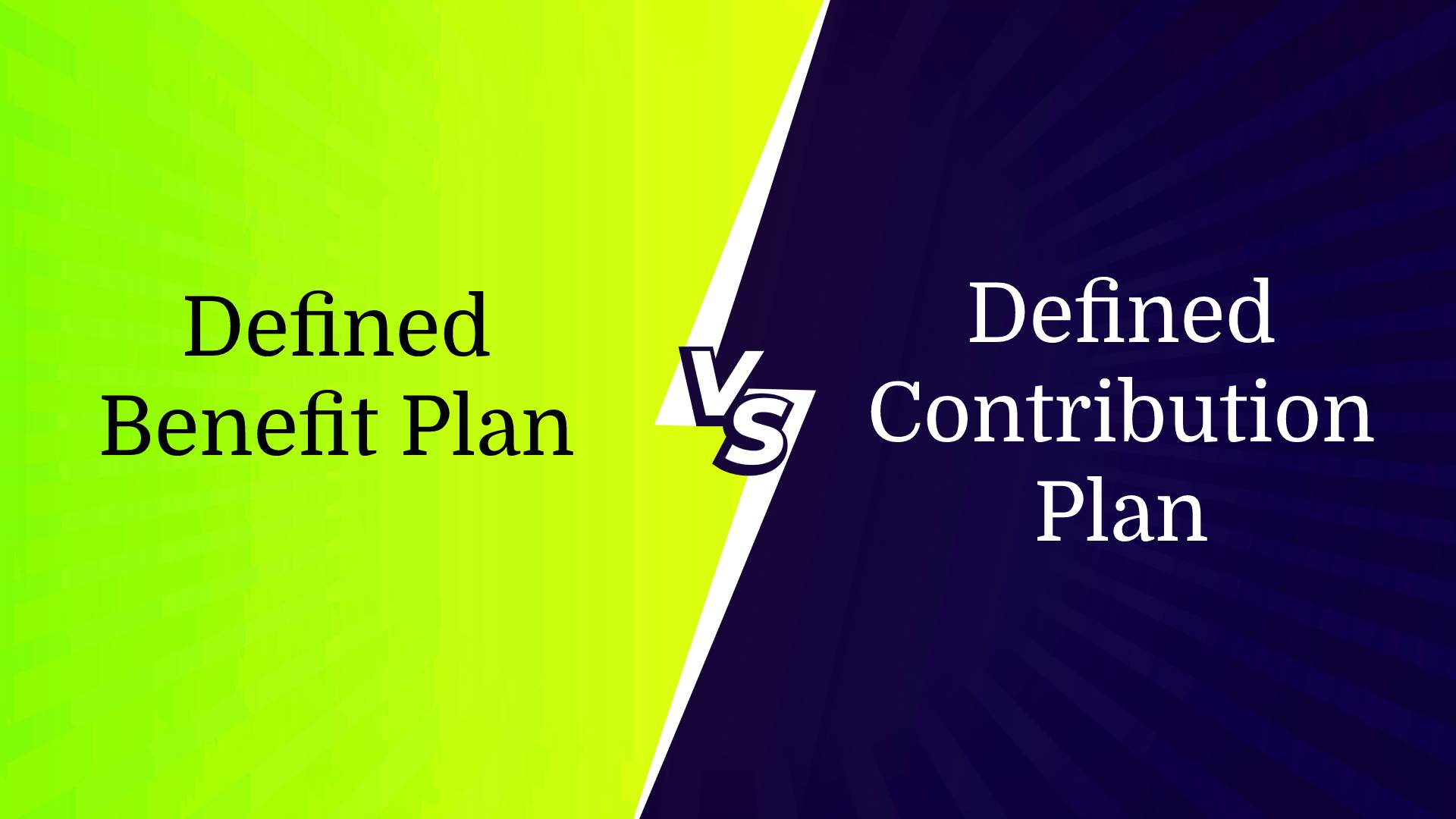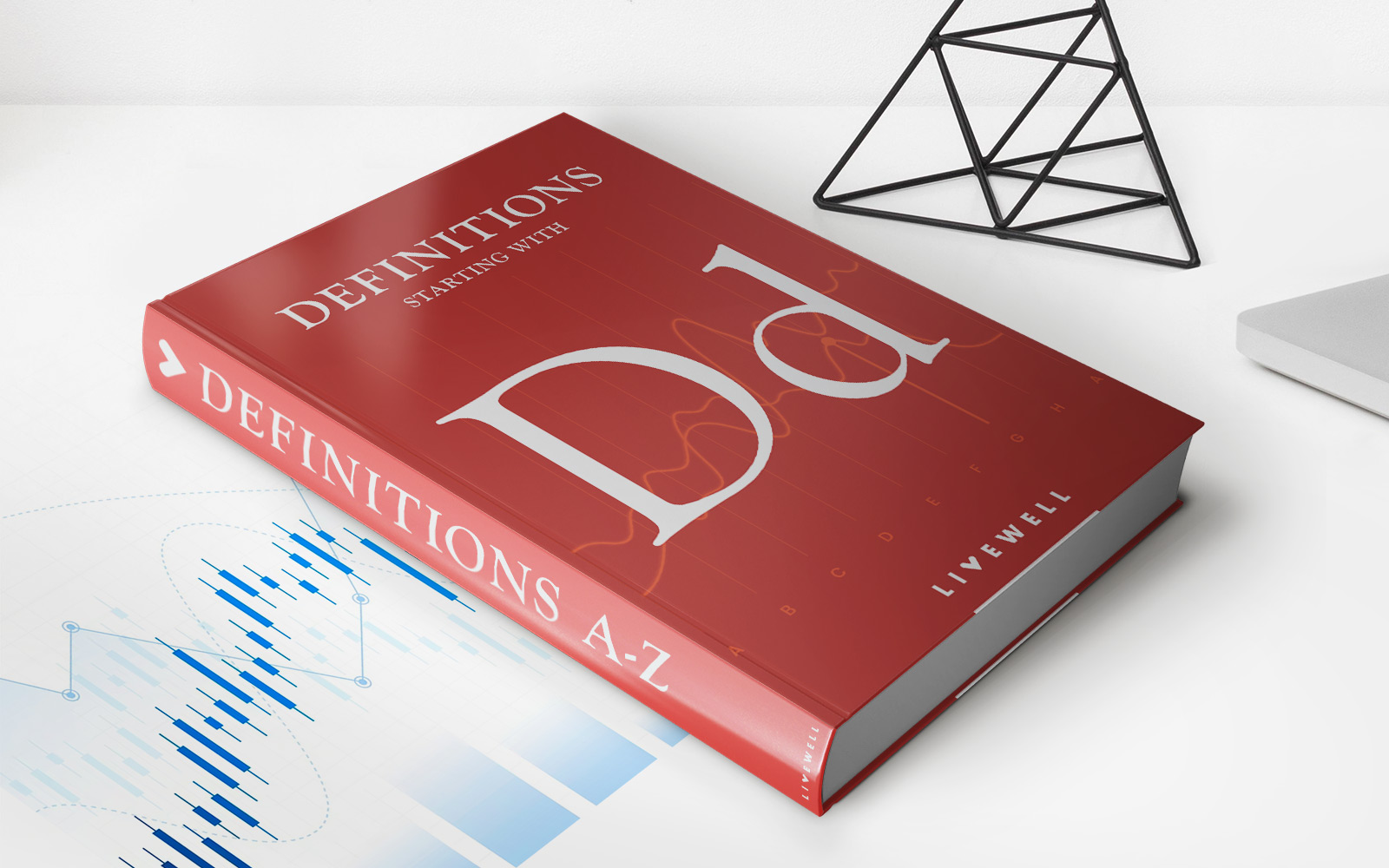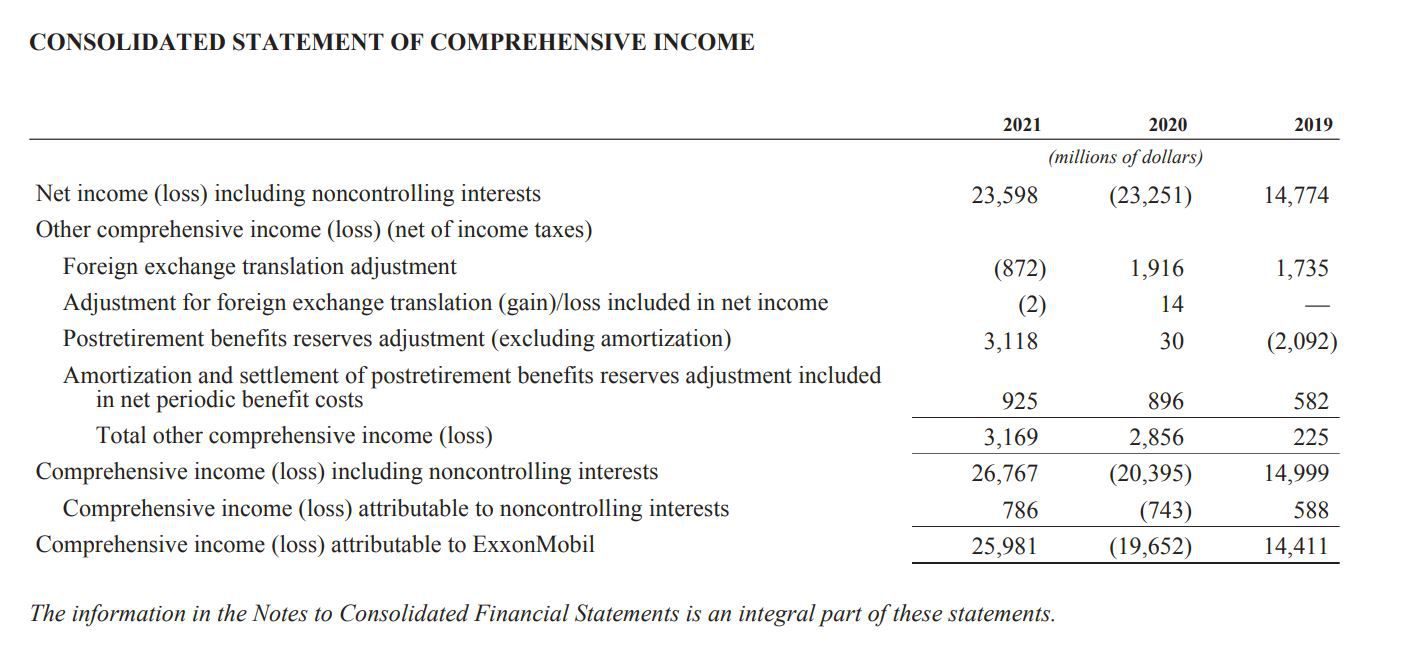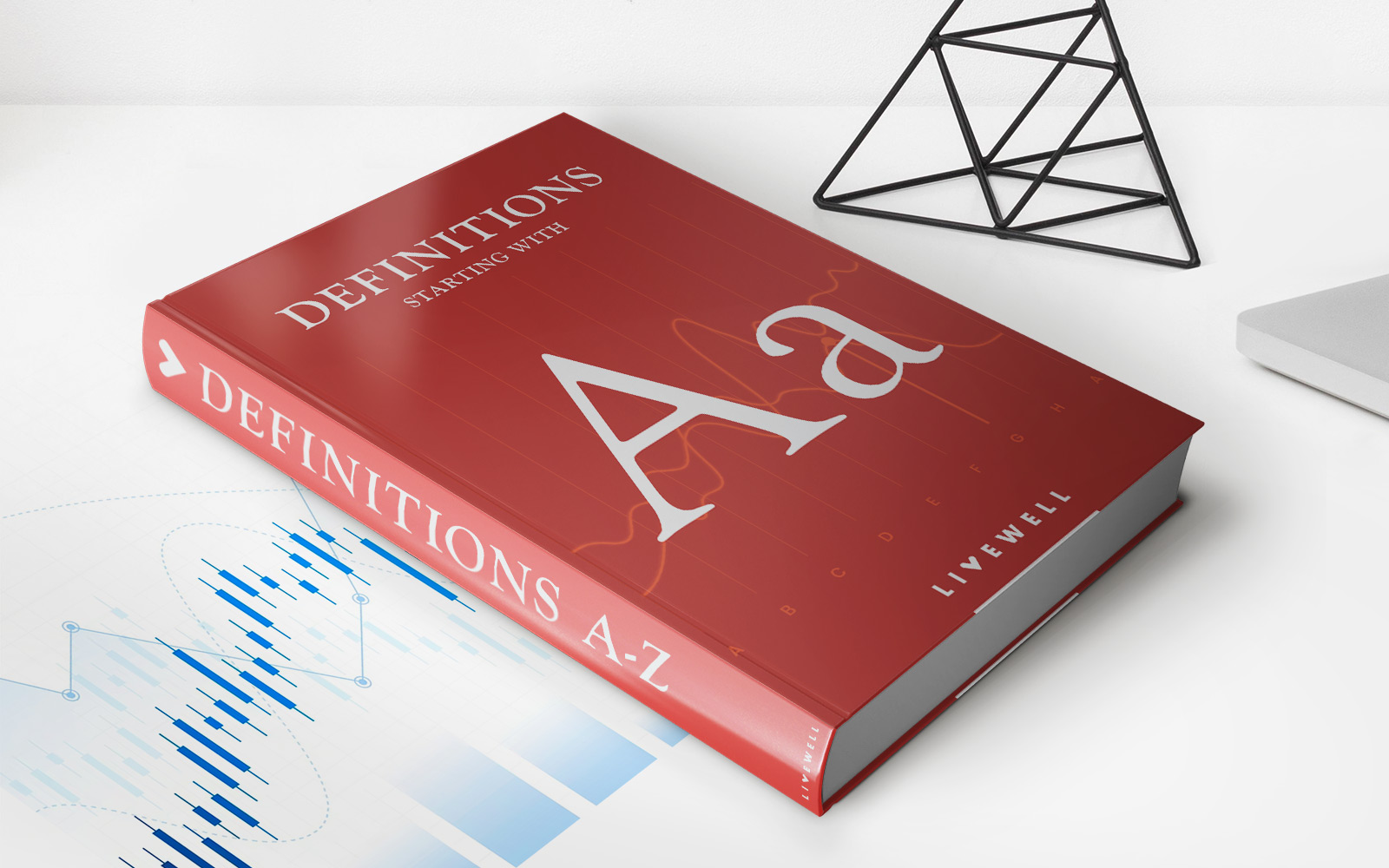Home>Finance>What Is The Typical Retirement Age Specified In Most Defined Benefit Plans?


Finance
What Is The Typical Retirement Age Specified In Most Defined Benefit Plans?
Modified: December 29, 2023
Discover the typical retirement age specified in most defined benefit plans and explore key financial considerations for retirement.
(Many of the links in this article redirect to a specific reviewed product. Your purchase of these products through affiliate links helps to generate commission for LiveWell, at no extra cost. Learn more)
Table of Contents
Introduction
Retirement planning is a crucial aspect of financial management, and having a well-structured retirement plan is essential for a secure financial future. One popular type of retirement plan is a defined benefit plan, which provides eligible employees with a guaranteed income in retirement.
In a defined benefit plan, the retirement benefits are determined based on a specific formula, which typically takes into account factors like years of service and salary history. This type of plan offers a predictable source of income for retirees and is often provided by employers as a way to incentivize long-term loyalty and commitment.
One important aspect of a defined benefit plan is the determination of the retirement age. The retirement age is the age at which an employee becomes eligible to start receiving their retirement benefits from the plan. Understanding the typical retirement age specified in most defined benefit plans is crucial for both employees and employers.
In this article, we will delve into the topic of retirement age in defined benefit plans and explore the factors that can influence this age. We will also discuss the options available for early retirement and late retirement in these plans, as well as any exceptions to the typical retirement age.
Whether you are an employee enrolled in a defined benefit plan or an employer considering offering this type of retirement plan, understanding the retirement age and its implications is vital for making informed decisions about retirement planning.
Now, let’s take a closer look at how retirement age is determined in defined benefit plans and what factors come into play.
Understanding Defined Benefit Plans
Defined benefit plans are a type of employer-sponsored retirement plan that guarantees a specific benefit amount to employees upon retirement. Unlike other types of retirement plans, such as defined contribution plans like 401(k)s, where the benefits are based on contributions made and investment returns, defined benefit plans provide a predetermined retirement benefit based on a formula.
The formula used to calculate the retirement benefit in a defined benefit plan is typically based on a combination of factors, including the employee’s years of service with the company and their average salary during a specified period, often referred to as the “final average pay.” This means that the longer an employee works for the company and the higher their salary, the greater their retirement benefit will be.
Defined benefit plans are typically funded by the employer, who sets aside funds throughout an employee’s working years to meet the future retirement benefit obligations. These plans are subject to regulations and guidelines set by government agencies such as the Internal Revenue Service (IRS) and the Pension Benefit Guaranty Corporation (PBGC) to ensure proper funding and protection of employee benefits.
One of the key advantages of a defined benefit plan is the guarantee of a specific retirement benefit. This provides retirees with a level of financial security, as they know exactly how much income they can expect to receive in retirement. Defined benefit plans are especially popular in professions that offer tenure-based employment, such as public sector jobs and certain industries like education and healthcare.
However, it is important to note that not all employees may be eligible for or covered by a defined benefit plan. Some employers may only provide this type of plan to certain categories of employees, such as full-time employees who have completed a minimum number of years of service.
Understanding the basics of defined benefit plans sets the foundation for comprehending how retirement age is determined within these plans. Let’s explore the factors that come into play in establishing the retirement age in defined benefit plans.
Retirement Age in Defined Benefit Plans
The retirement age in defined benefit plans is the age at which employees become eligible to start receiving their retirement benefits from the plan. This age is typically specified in the plan document and is determined by the employer based on various factors.
The most common retirement age specified in most defined benefit plans is 65 years old. This age is often referred to as the “normal retirement age” or “full retirement age.” However, it is important to note that this age can vary depending on the specific plan and the employer’s policies.
The choice of the retirement age in a defined benefit plan is influenced by several considerations. One key factor is the financial feasibility of providing retirement benefits for an extended duration. The retirement age must strike a balance between meeting the financial obligations of the plan and ensuring a reasonable retirement period for employees.
Moreover, the retirement age in defined benefit plans is also influenced by demographic and workforce factors. For instance, an employer may set a higher retirement age if the workforce generally has a longer life expectancy or if employees are expected to work until a certain age due to the nature of the job.
In addition to the normal retirement age, defined benefit plans may also specify early retirement and late retirement options. Early retirement is when employees choose to retire and start receiving their benefits before reaching the normal retirement age. Late retirement, on the other hand, refers to employees who choose to continue working beyond the normal retirement age.
Early retirement options are often available in defined benefit plans, allowing eligible employees to retire and start receiving reduced benefits before reaching the normal retirement age. These reduced benefits take into account the additional years of retirement and are calculated using a specific formula determined by the plan.
On the other hand, late retirement options may provide additional advantages for employees who choose to work beyond the normal retirement age. This can include an increased benefit payout or other incentives to encourage employees to extend their working years.
Exceptions to the typical retirement age in defined benefit plans can also occur. In certain circumstances, such as disability or company-specific policies, employees may be eligible to start receiving retirement benefits before or after the normal retirement age.
Understanding the retirement age and the available options in defined benefit plans is important for employees who are planning their retirement and for employers who need to make informed decisions about offering retirement benefits. Next, we will explore the factors that can affect the typical retirement age in defined benefit plans.
Factors Affecting the Typical Retirement Age
The typical retirement age specified in defined benefit plans can be influenced by a variety of factors. While each employer may have their own considerations, there are some common factors that tend to impact the determination of the retirement age in these plans.
1. Industry and Job Demands: Certain industries may have specific job demands or physical requirements that necessitate an earlier retirement age. For example, jobs that involve strenuous physical labor or high stress levels may have a lower retirement age to ensure the well-being and safety of employees.
2. Workforce and Longevity: The average lifespan and life expectancy of the workforce can influence the retirement age. If employees are expected to live longer, the retirement age might be increased to ensure the financial sustainability of the plan and to align with the trends in longevity.
3. Career Length and Promotion Opportunities: The retirement age can be influenced by the average career length and promotion opportunities within a specific industry or organization. If employees tend to have longer careers, the retirement age might be extended to allow for additional years of service and higher salary levels, resulting in a more substantial retirement benefit.
4. Financial Considerations: The financial health and stability of the defined benefit plan play a significant role in determining the retirement age. Employers need to ensure that the plan can meet its obligations and provide the promised retirement benefits without jeopardizing the financial health of the organization.
5. Social Security and Other Benefits: In some cases, the retirement age specified in the defined benefit plan may align with the eligibility age for Social Security benefits or other government or company benefits. This can simplify the retirement planning process for employees and coordinate retirement income from various sources.
6. Employee Preferences and Retention: Employers may take into consideration the preferences and retention strategies of their employees when determining the retirement age. Offering flexibility and options for early or late retirement can help attract and retain talented individuals and provide opportunities for a balanced work-life transition.
It is important for employees to understand the factors that can affect the retirement age in their defined benefit plan. By being aware of these factors, employees can make informed decisions about their retirement planning and consider any implications on their financial future.
Next, we will discuss the options available for early retirement and late retirement in defined benefit plans.
Early Retirement Options in Defined Benefit Plans
Defined benefit plans often provide early retirement options for employees who wish to retire before reaching the normal retirement age. Early retirement allows employees to start receiving their retirement benefits earlier, but it typically comes with certain considerations and adjustments to the benefit calculations.
Early retirement age is generally defined in the plan document and can vary depending on the specific plan and employer. It is usually set at a younger age than the normal retirement age, such as 55 or 62, and is subject to certain eligibility requirements.
While early retirement can provide financial flexibility and the opportunity to enjoy retirement sooner, it’s important for employees to understand the potential impact on their retirement benefits. Here are some key factors to consider:
1. Reduced Benefits: Early retirement often results in a reduction in the retirement benefit amount compared to what an employee would receive at the normal retirement age. This reduction is a reflection of the additional years of retirement that need to be funded by the plan.
2. Benefit Calculation: The specific formula used to calculate early retirement benefits varies between different defined benefit plans. It may take into account factors such as the employee’s years of service, average salary, and a reduction factor that adjusts the benefit for early retirement.
3. Actuarial Adjustments: Actuarial adjustments are used to account for the longer payment period in early retirement. These adjustments reflect the increased cost to the plan due to paying benefits for a longer duration and can result in a smaller monthly benefit than if the employee had retired at the normal retirement age.
4. Social Security and Other Benefits: Employees considering early retirement should also take into account the impact on their eligibility for other benefits, such as Social Security. Early retirement from a defined benefit plan does not affect Social Security benefits, but the amount received from both sources might be coordinated or offset in some cases.
5. Consideration of Personal Finances: Before opting for early retirement, employees should carefully assess their personal financial situation. This includes evaluating their savings, investment portfolios, and any other sources of income that can bridge the gap between early retirement and the age at which they become eligible for full Social Security benefits.
It’s important for employees to thoroughly review the provisions and options available for early retirement in their defined benefit plan. They should consult with a financial advisor or retirement planning specialist to understand the potential impact on their finances and determine if early retirement aligns with their long-term financial goals.
Next, we will explore the options and considerations for late retirement in defined benefit plans.
Late Retirement Options in Defined Benefit Plans
Defined benefit plans often provide late retirement options for employees who wish to continue working past the normal retirement age. Late retirement allows employees to delay their retirement and can come with certain advantages and considerations within the defined benefit plan.
The specific provisions for late retirement vary between different defined benefit plans, but here are some common factors to consider:
1. Increased Retirement Benefits: One of the main advantages of late retirement is the potential for increased retirement benefits. By continuing to work past the normal retirement age, employees can accumulate additional years of service and potentially higher average salary, resulting in a larger retirement benefit.
2. Actuarial Adjustments: Late retirement typically involves actuarial adjustments, which are used to account for the longer period of work and contributions made to the plan. These adjustments can result in an increased monthly benefit to reflect the additional service and contributions.
3. Employer Incentives: Employers may offer incentives to employees who choose to work beyond the normal retirement age. These incentives can take the form of increased employer contributions to the plan, additional benefits, or even higher salary levels to reward and retain experienced employees.
4. Social Security Considerations: Late retirement from a defined benefit plan may also have implications for Social Security benefits. Employees who work beyond the age at which they become eligible for full Social Security benefits can potentially enhance their Social Security payments once they do retire.
5. Continued Healthcare Coverage: Late retirement may allow employees to continue receiving healthcare coverage through their employer-sponsored plans until they ultimately retire. This can provide additional peace of mind and financial security for employees as they approach their retirement years.
Employees considering late retirement should carefully review their specific defined benefit plan provisions and consult with a financial advisor or retirement planning specialist. They should assess the potential impact on their long-term financial goals, including factors such as increased retirement benefits, Social Security eligibility, and healthcare considerations.
It’s worth noting that late retirement options may not be available in all defined benefit plans or may have certain limitations. Employers establish the rules and provisions for late retirement, so it’s important for employees to understand their plan’s specific guidelines.
Ultimately, late retirement can provide individuals with the opportunity to further secure their financial future, maximize retirement benefits, and continue contributing to their chosen profession. It’s a personal decision that should align with an individual’s financial goals, health, and overall satisfaction with their work.
Next, we will explore any exceptions to the typical retirement age in defined benefit plans.
Exceptions to the Typical Retirement Age
While the typical retirement age in defined benefit plans is often specified in the plan document, there can be exceptions to this age requirement. These exceptions allow for flexibility and accommodate specific circumstances that may arise during an employee’s career. Here are some common exceptions to the typical retirement age in defined benefit plans:
1. Disability: Employees who become disabled before reaching the normal retirement age may be eligible for early retirement benefits. These benefits are typically calculated based on the employee’s years of service and average salary, similar to early retirement benefits. The eligibility criteria for disability retirement vary between plans and may require certification from a medical professional.
2. Termination or Layoff: In some cases, if an employee is terminated or laid off before reaching the normal retirement age, they may still be eligible for retirement benefits. Depending on the plan provisions, terminated employees may receive reduced benefits or have the option to collect benefits at a later date. It’s important to review the plan document and consult with an HR representative to understand the specific provisions in such situations.
3. Company-Specific Policies: Employers may have company-specific policies in place that allow for exceptions to the typical retirement age. These policies may be based on factors such as job requirements, industry standards, or unique circumstances. For example, certain professions, like law enforcement or military service, may have different retirement age requirements due to the nature of the job.
4. Pension Buyouts: In some cases, employers may offer pension buyout options to employees who are eligible for retirement benefits but haven’t reached the normal retirement age. This allows employees to receive a lump sum payment or transfer their pension credits to another retirement account. The decision to accept a pension buyout should be carefully evaluated, as it can have implications on long-term retirement income and tax considerations.
It’s important for employees to familiarize themselves with the exceptions to the typical retirement age in their specific defined benefit plan. Understanding these exceptions allows individuals to be aware of their options and make informed decisions regarding their retirement planning.
Employers should communicate these exceptions clearly to their employees and provide guidance on how to navigate them. Having a transparent and well-defined process for exceptions contributes to a positive employee experience and helps ensure fairness and consistency in retirement benefit administration.
Next, we will conclude our discussion on retirement age in defined benefit plans.
Conclusion
Understanding the retirement age in defined benefit plans is essential for both employees and employers. The retirement age determines when employees become eligible to receive their retirement benefits from the plan and plays a significant role in retirement planning and financial security.
In most defined benefit plans, the typical retirement age is around 65 years old, referred to as the normal retirement age. However, this age can vary depending on factors such as industry demands, workforce demographics, and financial considerations. It is important for employees to familiarize themselves with the retirement age specified in their specific plan.
Defined benefit plans also provide options for early retirement and late retirement. Early retirement allows employees to start receiving benefits before the normal retirement age, but often results in reduced benefits. Late retirement, on the other hand, offers the opportunity for increased benefits by continuing to work past the normal retirement age.
Exceptions to the typical retirement age exist, including disability retirement, termination or layoff provisions, company-specific policies, and pension buyouts. These exceptions provide flexibility and accommodate unique circumstances that may arise during an employee’s career.
Before making any decisions related to retirement age in a defined benefit plan, it is important for individuals to carefully review the plan provisions, consult with a financial advisor or retirement planning specialist, and consider their long-term financial goals.
Ultimately, navigating the retirement age in a defined benefit plan requires careful consideration of various factors. By understanding the retirement age, options for early and late retirement, and any exceptions that may apply, employees can make informed choices regarding their retirement plans and work towards a secure financial future.
Both employees and employers should continuously monitor and assess retirement plans to ensure they align with evolving needs, regulatory changes, and shifting workforce dynamics. By doing so, they can strive to provide retirement benefits that support employees’ financial well-being and contribute to a successful retirement journey.


